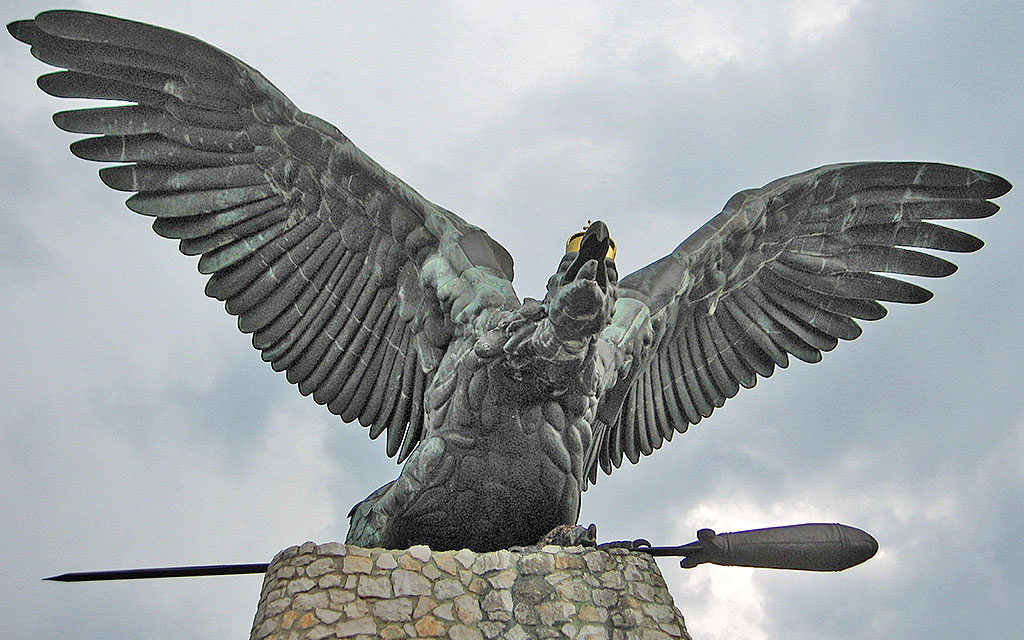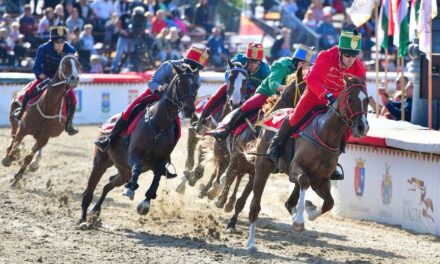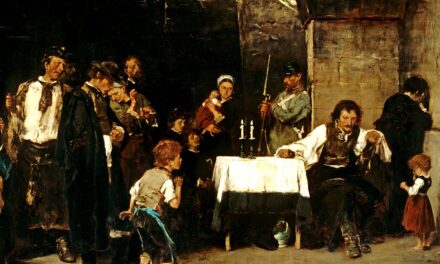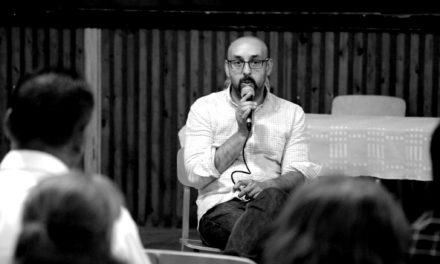"A nation that does not know its past does not understand its present, and cannot create its future!"
Europe needs Hungary ... which has never allowed itself to be defeated
From the day that the tribes led by Árpád took back their rightful property, the Carpathian Basin, our people have been exposed to constant attacks. Researching our 1,100-year past, we can see that there was only very rarely a calm, peaceful period in the history of Hungarians, when they could build and devote their lives to development. Here, in the middle of Europe, the Hungarians of the Carpathian Basin were constantly attacked from the West, East and South. Our history is nothing but a series of self-defense and independence struggles.
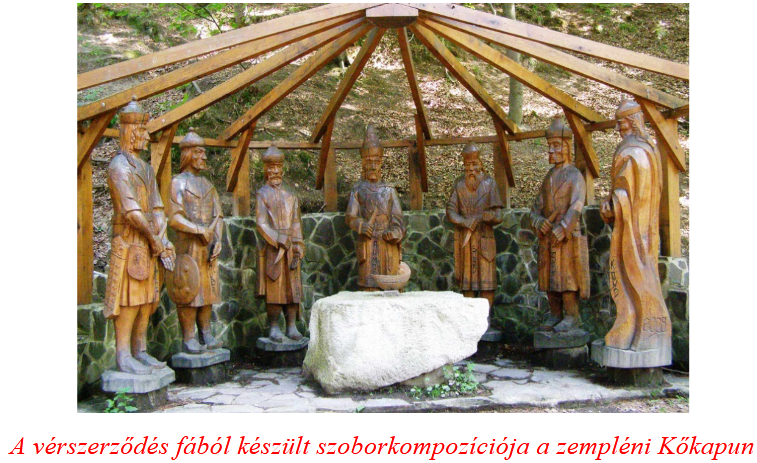
Conquest between 895-907 When
the seven tribes led by Árpád and the joining Kabars arrived in the Carpathian basin, they recaptured land that was not foreign to them. Today, it can no longer be a matter of serious historical debate that our people belong to the great family of the Scythian peoples. This means that when the Scythian Huns (4th-5th centuries) and later the Avars (7th-8th centuries) ruled the Carpathian Basin, the Hungarians who arrived in the 9th century did nothing more than those who lived here before the lands of related peoples were repopulated.

For today's European, it is unbelievable that the 9-10. The peoples of the Eastern culture living in the 19th century, including the Hungarians, surpassed the peoples of the West in many areas. Let's imagine that the nomadic peoples of the steppes were able to march for hundreds of kilometers - over mountains, valleys, swamps, rivers - while herding and grazing huge herds of livestock. This required exceptional discipline, physical endurance, courage, adaptability and, of course, knowledge of a wide range of weapons. Among other things, they designed their accommodations, their tools for life, their clothing, and their meals for this nomadic living condition.


 It is not possible to call a people barbaric and pagan, as they did before with the Hungarians, that possessed such intellectual and material knowledge as our conquering ancestors. We have already mentioned the incomparably rich world of language, music and folktales, runic writing. The people of the spirit were the healers and seers (knowers). Among other things, they were connoisseurs and practitioners of healing, knowledge of nature, cultic dances, and highly respected religious people. The food culture of our ancestors also showed a very diverse picture. Pastoral peoples cooked rather than baked, which required the use of a variety of utensils. The high level of food culture was indicated by the "soup in bags" (dried, powdered meat that was dissolved in hot water) used on long migrations.
It is not possible to call a people barbaric and pagan, as they did before with the Hungarians, that possessed such intellectual and material knowledge as our conquering ancestors. We have already mentioned the incomparably rich world of language, music and folktales, runic writing. The people of the spirit were the healers and seers (knowers). Among other things, they were connoisseurs and practitioners of healing, knowledge of nature, cultic dances, and highly respected religious people. The food culture of our ancestors also showed a very diverse picture. Pastoral peoples cooked rather than baked, which required the use of a variety of utensils. The high level of food culture was indicated by the "soup in bags" (dried, powdered meat that was dissolved in hot water) used on long migrations.
Today, we would say that the naturally formed order of dairy products, meat, vegetables and fruit consumption served as the basis of a healthy lifestyle. (It is a vile slander that the meat intended for consumption was softened under the saddle. Those meat slices were used to heal the horse's back wound.) And the science of grape growing created the basis for making high-quality wine. ( Róbert Cey-Bert .)


In terms of hygiene and clothing, we were well ahead of the peoples who had already settled in Europe. Byzantine scribes recorded that Hungarians visiting the imperial city on embassies stood under leather hoses equipped with taps and "showered". The peoples of the steppes wore trousers (gatia), shirts, jackets, belts, various buckles, hats, and boots. Ancient and early medieval peoples (educated Greeks, Romans, Western European nobles) did not know sewn clothes, just like stirrups. Horse riding and the use of bows and sabers from horseback were spread in Europe by the Avars and then by the Hungarians.


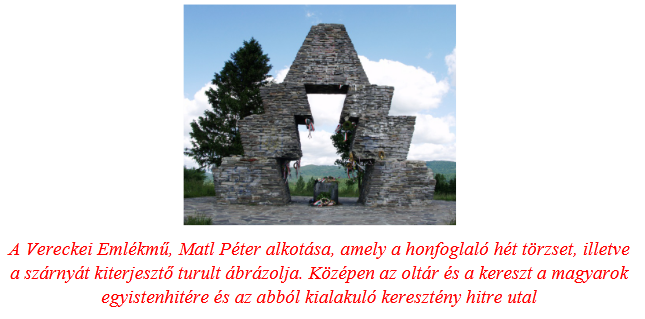
At the end of the 9th century and the beginning of the 10th century, the Hungarians' struggle for national defense against the attacks of the Germanic, Byzantine and Slavic peoples began immediately. Let's not forget a very important historical fact. In particular, the leaders of the intelligentsia living in the surrounding countries are still saying that the Slavs and other peoples who had already lived here were subjugated and driven from their lands by the Hungarians led by Árpád. This is not true, especially 9-10. in the knowledge of the political and historical situation of the 19th century or before. This fight, the territorial war of peoples against each other, has been going on for six thousand years. In Europe, especially in its central and eastern areas (Vikings, Moors, Franks, other Germanic peoples, Slavs), this period was the era of territorial conquest and country founding. However, the Hungarians were the first to establish a permanent state in the Carpathian Basin, including the Romans. Our ancestors, living with the experiences of wandering nomadic warfare, their belief in the importance of preventive campaigns and their strength, explored the western and southern areas of Europe. ( This is what the historiography, guided by foreign hands and hostile feelings, calls adventures with a pejorative meaning. In fact, European historiography does not call the Frankish marauding campaigns of the 8th-9th centuries with terrible blood sacrifices as adventures. Nor the Moorish and Viking campaigns that took place even earlier, which preceded , and in terms of the magnitude of the destruction, they far exceeded the Hungarian military operations.)

The so-called western countries of Europe were very lucky that the Hungarian state in the middle of the continent played the role of a protective shield for a thousand years in stopping the attacks coming from the east. (Think of the Byzantine policy of encirclement, the Mongol (Tatar) invasion, the Turkish conquests, and finally the establishment of the Soviet-Russian dictatorship.) The powers of the West, with the Germans, the rich northern Italian city-states and the Pope at the head, always protected the Hungarians used for their purposes. However, our country, speaking in chess language, was only intended to play the role of a pawn.

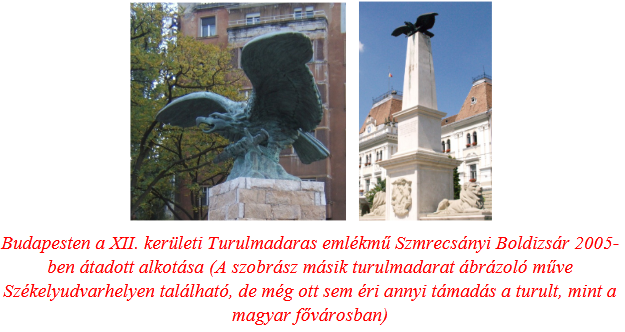
The blood of Hungarians flowed on the battlefields, while the German, Italian, French, and Spanish settlements developed and grew rich. All this was not enough for them, they constantly sought to weaken the economic power of the Kingdom of Hungary and eliminate its independence. Our people could never put up with this oppression. This is what the Hungarian freedom struggles are about, which we fought sometimes against the "colonizing" aspirations of the West and sometimes of the East. Later on, we will take into account the most significant foreign attacks aimed at eliminating Hungarian independence.
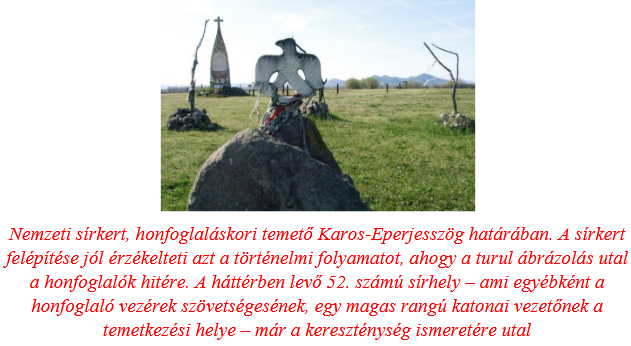
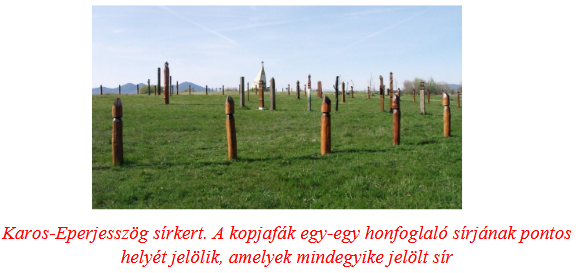 In 1896, the thousandth anniversary of the conquest was commemorated in Hungary in the context of great celebrations. One of the beautiful memories of this was the seven millennium monuments, five of which were broken up and destroyed by the Czechs, Romanians and Serbs after 1920. Only the two that remained in the territory of the (truncated) country of Trianon survived.
In 1896, the thousandth anniversary of the conquest was commemorated in Hungary in the context of great celebrations. One of the beautiful memories of this was the seven millennium monuments, five of which were broken up and destroyed by the Czechs, Romanians and Serbs after 1920. Only the two that remained in the territory of the (truncated) country of Trianon survived.
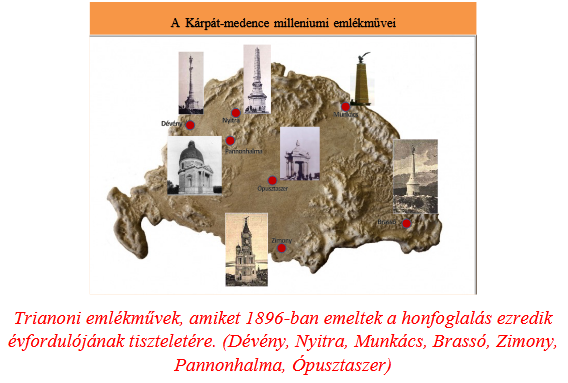
The parts published so far can be read here: 1., 2., 3., 4., 5.
Author: Ferenc Bánhegyi
(Cover image source: Indafoto.hu)

